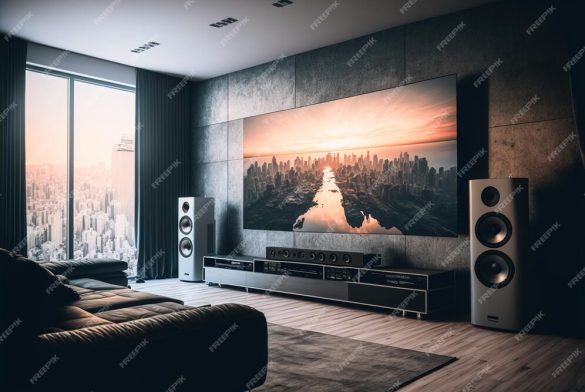In the fast-paced world of today, where convenience is paramount, smart home automation has emerged as a revolutionary trend, redefining the way we interact with our living spaces. With the integration of cutting-edge technologies, homes are becoming more intuitive, efficient, and secure than ever before. From controlling lights and thermostats with a simple voice command to remotely monitoring security cameras from your smartphone, the possibilities seem endless. This article explores the burgeoning field of smart home automation, highlighting its benefits, challenges, and prospects.
The Evolution of Smart Home Automation
In recent years, the concept of smart home automation has evolved from a novelty to a necessity. With advancements in artificial intelligence, machine learning, and the Internet of Things (IoT), homes are becoming smarter and more interconnected. Gone are the days of manual operation; today, homeowners can automate various tasks to streamline their daily routines and enhance their quality of life.
Seamless Integration of Audio-Visual Systems
One of the key components of smart home automation is the seamless integration of audio-visual systems. As an audio-visual company specializing in home installations, we understand the importance of creating immersive entertainment experiences. With smart technologies, homeowners can synchronize their home theaters, speakers, and TVs to deliver stunning audio and visual performance at the touch of a button.
Enhancing Security and Surveillance
Another major benefit of smart home automation is the enhancement of security and surveillance measures. By installing cameras, security systems, and motion sensors, homeowners can monitor their property in real-time and receive instant alerts in case of any suspicious activity. With automated lighting and smart locks, they can also deter potential intruders and protect their loved ones and valuables.
Optimizing Energy Efficiency
In addition to convenience and security, smart home automation offers significant energy-saving benefits. By integrating smart thermostats, lighting controls, and energy monitoring systems, homeowners can optimize their energy usage and reduce their carbon footprint. From adjusting temperature settings based on occupancy patterns to scheduling lights to turn off when not in use, these technologies help minimize wastage and lower utility bills.
Overcoming Challenges and Embracing Innovation
Despite its numerous advantages, audio-visual systems also present its fair share of challenges. From interoperability issues to cybersecurity concerns, homeowners need to navigate various complexities to ensure a seamless experience. However, with the rapid pace of innovation and ongoing research and development, these challenges are gradually being addressed, paving the way for a smarter and more connected future.
Conclusion
Smart home automation represents the pinnacle of technological innovation, offering unprecedented levels of convenience, security, and efficiency. As an audio-visual company committed to excellence, we are excited to be at the forefront of this transformative journey, helping homeowners harness the power of smart technologies to create truly intelligent living spaces. By embracing the promise of smart home automation, we can unlock a future where homes are not just places to live but experiences to cherish and enjoy.
